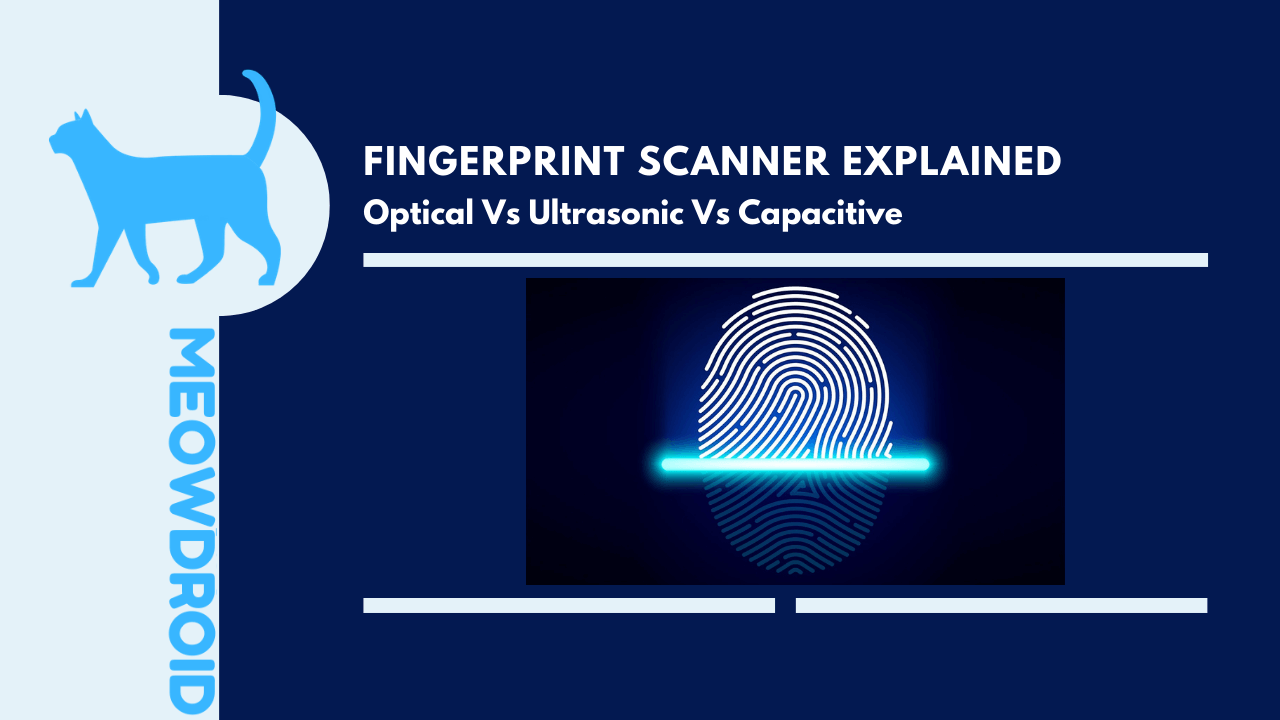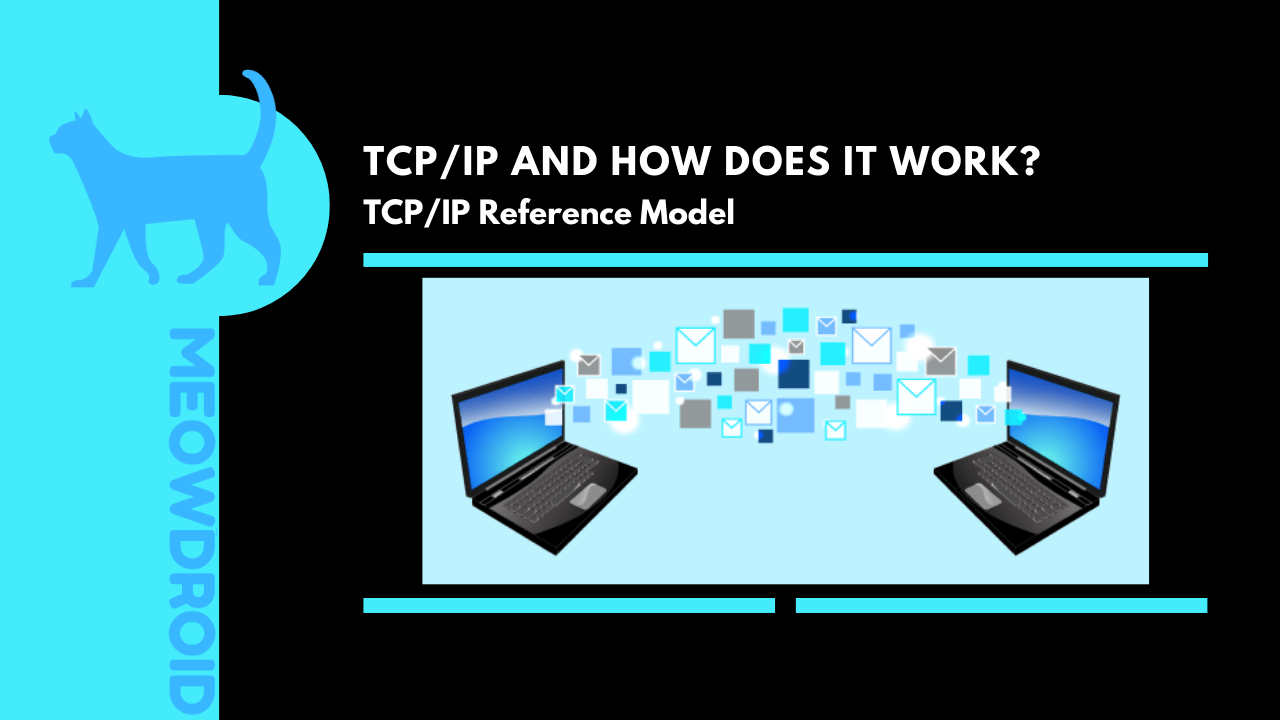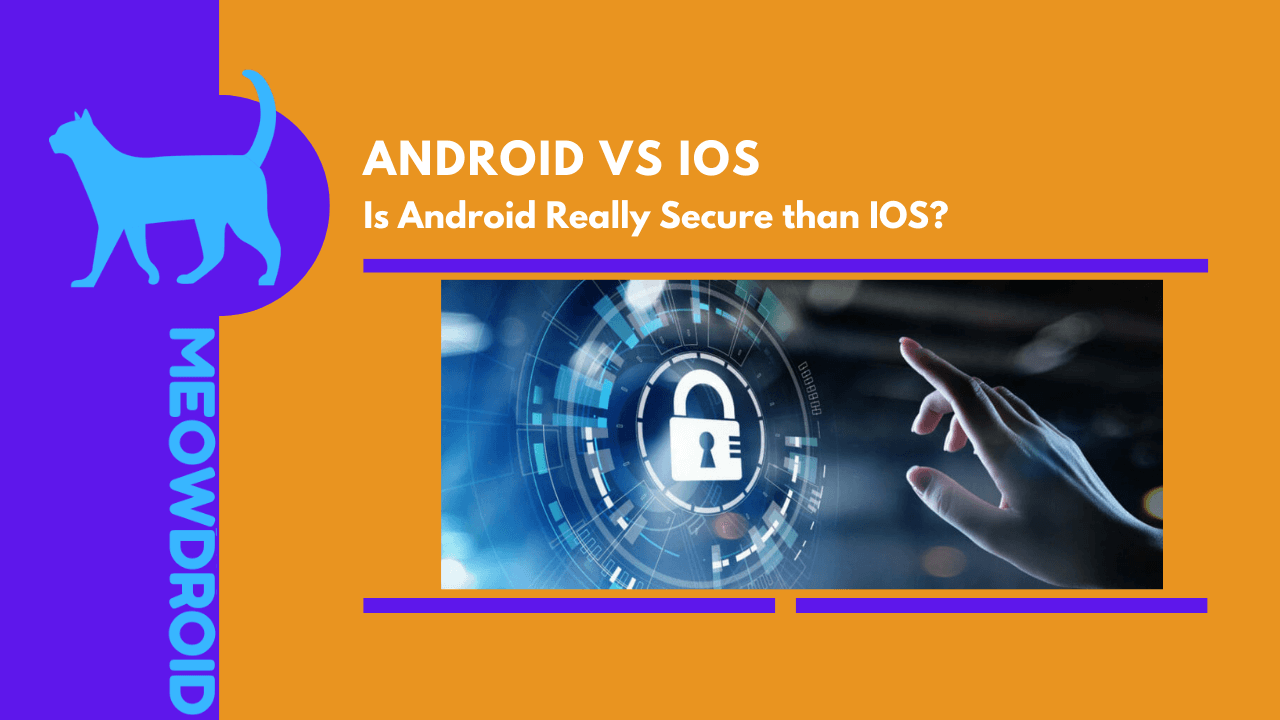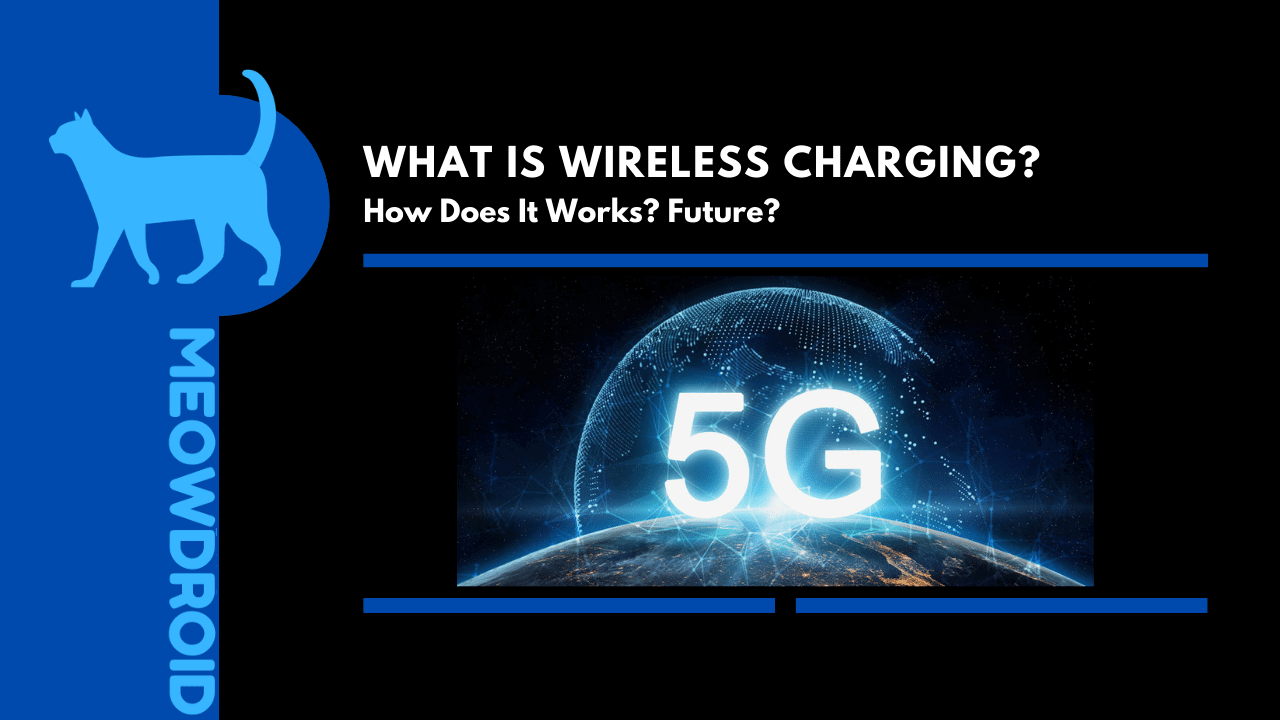There was a time when to unlock the smartphone, you had to enter the pattern, PIN, or password and after that the fingerprint scanner and in today’s date, you can see this fingerprint scanner even in the phone of 6-7 thousand rupees. So now let’s talk about how many different types of fingerprint scanners are there and how they work. So basically, the basic job of all fingerprint scanners is the same, scanning your fingerprint and restoring it inside the phone and whenever you put your finger on the scanner again they take a photo and then Comparing with the old photograph again, it means storing your fingerprint and matching it with the new fingerprint.
Normally if we talk about fingerprints, then you get to see ridges and lines inside them. This means that you get to see many different designs and patterns inside your fingerprint and this pattern is different for every person. The fingerprint scanner stores this pattern inside the phone so that it can be unlocked only when the person’s fingerprint is found. So if seen, it works in this way and fingerprint is taken only because every person’s fingerprint is different unless they are twins. So according to this, the fingerprint that is there becomes the best example of biometric security and if we talk about the fingerprint scanners, then first in this list we will talk about optical fingerprint scanners.
Optical Fingerprint Scanner
If we talk about an optical fingerprint scanner, you also get to see this fingerprint scanner in the Oneplus XT Series. Here, a light is used inside it, which means that the display on the top of the phone gets light-up from a hundred percent intensity as well as a sensor is installed at the bottom of the phone that will be an image sensor but in some cases, there is also a camera and when the screen of your phone gets light-up, the light rays which collide with your fingerprint come back to the sensor and then a 2D image of your phone is made. After that, the software inside the phone detects the lines and ridges of your fingerprint inside that 2D image so that it can find out how your fingerprint pattern is in reality and this 2D image is stored inside your phone.
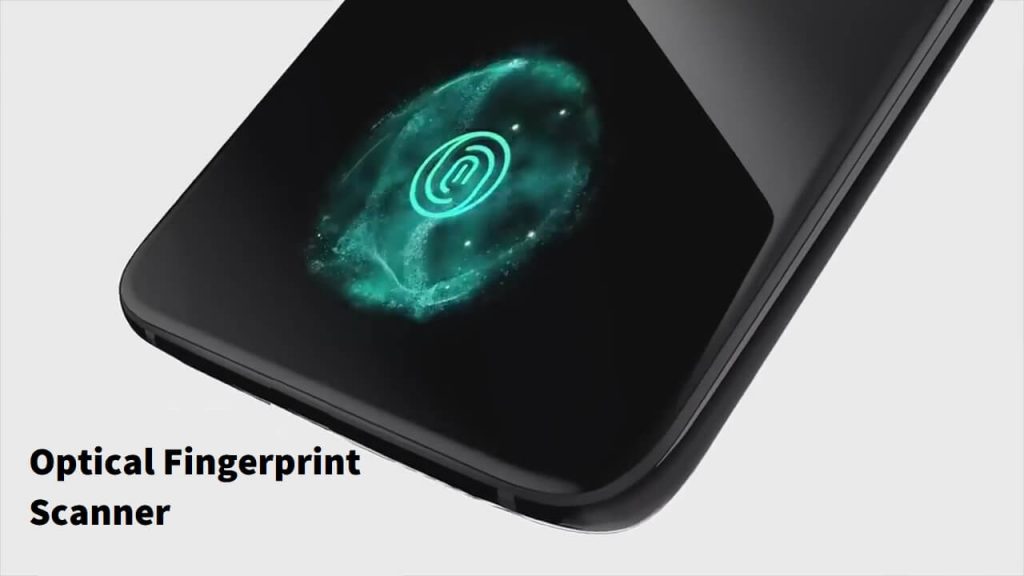
After that, whenever you put your finger again on the phone’s fingerprint scanner, it is scanned again, and later it is matched with the old image. So if seen, this thing works in that way, but there is a small problem here: first of all, a 2D picture is taken inside the phone and from above, if someone took a high-resolution photograph of your fingerprints, then your fingerprint can be easily unlocked using this.
Generally, if we talk a light is being used in it, then technically it becomes a little faster and generally seen, it is a little faster among all these display fingerprints. But if we talk about the overall security, then it does not work well in it and if anything cracks on the screen of your phone, then the fingerprint scanning capability of your phone will also go away. Apart from this, if your hands get a little wet, they can not even unlock your phone properly.
Capacitive Fingerprint Scanner
Capacitive Fingerprint Scanner is a physical fingerprint scanner that you get to see on most phones. Apart from this, the best part is that inside the Capacitive Fingerprint Scanner you get to see small capacitors circuit. That is, whenever you place your finger on any Capacitive Fingerprint Scanner which is a physical fingerprint scanner, there are small electric charges from it, they start flowing and are reflected back from the ridges and valleys of your finger, and in this way your fingerprint is registered to the device.

Moreover, the technology is very easy to implement but does not work well when your fingers are wet. So if you keep your finger wet, then the electric charges will not be able to follow and the fingerprint you have will not be able to store well. So this is a small problem, but if we talk about security, it is more secure than an optical fingerprint scanner because you can’t fool it with any photograph or any prosthetic. Also, It becomes faster in comparison and cheap to implement, so the physical fingerprint scanner you get to see in more and more phones.
Ultrasonic Fingerprint Scanner
In recent times, you get to see this fingerprint scanner in the Galaxy S10 and if seen, it is a very new technology because the ultrasonic sound is used inside it. Actually, it has two parts, the first is an ultrasonic transmitter and the second is an ultrasonic receiver. So whenever you place your finger on the screen, the ultrasonic transmitter that is there will produce ultrasonic waves and they will reflect again after hitting your finger, and then they will reflect back to the ultrasonic receiver. After this, the ultrasonic receiver will take the data of your fingerprint and from that, it will create a 3D model of your fingerprint. in an optical fingerprint scanner, a 2D model was made but here a 3D model is made.
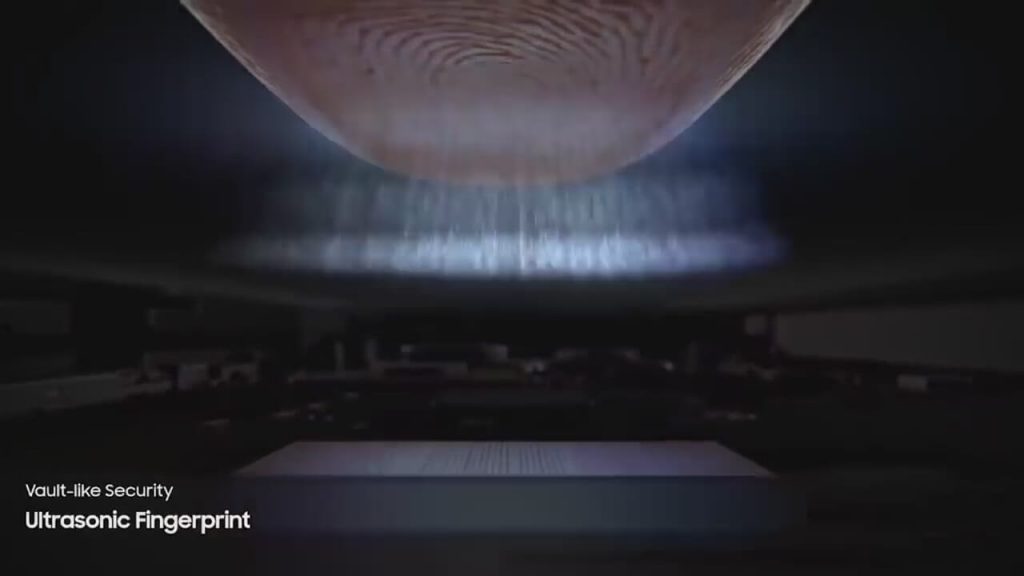
The 3D model will be of your fingerprint and it will show where are the ridges and what are the valleys inside your fingerprint as well as what are the lines and patterns. Then it will store that 3D image inside your phone and whenever you again place your fingerprint on the scanner; it will easily scan and find out whether this fingerprint is yours or not? And the good thing is that it is a 3D-based fingerprint scanner, so you cannot fool it with good photographs. Meaning that the level of security it has is very good and at the same time it works underwater as well. But if seen, this is a very new technology and it has just started slowly.
In the coming time, the way the hardware will increase and the software will improve, it will definitely replace the Capacitive Fingerprint Scanner. Also, the ultrasonic fingerprint scanner may gradually become as fast as a normal capacity fingerprint scanner.
Where Is Fingerprint Data Stored?
Whenever your fingerprint is taken, it is stored inside the phone itself. Often, a dedicated IC (integrated circuit) is present inside the phone, which would store your fingerprint. Talking about Qualcomm’s processor, you get a Trusted Execution Environment, which means there is a small chip inside your processor, which is designed to store your fingerprint data only. Similar, In Apple devices, you get to see a secure enclave where your fingerprints are stored only. So the good thing is that when it scans your fingerprint, it is stored inside your phone. Also, it does not share data with anyone outside, nor does any application share it with anyone outside. So it is very good in terms of security.
Conclusion
So if seen, right now it is only three types of fingerprint scanners. In the coming time, we may get to see other types of technology in the world of fingerprint scanning. So this thing can also become possible in the future. By the way, which fingerprint scanner is in your phone, do not forget to tell in the comment section.
I hope you now you know about different types of fingerprint scanner and how they work. If you like the article then why are you waiting just go and share it with your friends and also on social media. Be with us for more interesting articles like this. Have a Good Day!
